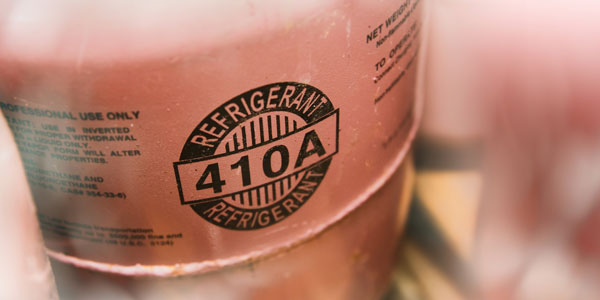Understanding HVAC Refrigerant Changes
What the new regulations mean for your home comfort system.
HVAC refrigerant regulations in the U.S. are changing—and if your system is more than 10 years old, these updates could affect your comfort, your budget, and how your HVAC system is serviced. Understanding what’s changing now can help you make smarter decisions for your home.
What’s changing—and why it matters
To help protect the environment, the Environmental Protection Agency is phasing down the use of older refrigerants with high global warming potential, such as R-410A and R-134a. These regulations are part of the federal American Innovation and Manufacturing (AIM) Act, which promotes the use of more eco-friendly alternatives in heating and cooling systems.
New HVAC systems are now being designed to use refrigerants like R-32 and R-454B, which are more efficient and have a much lower environmental impact. These changes affect how systems are serviced, repaired and installed. This is especially relevant for homeowners in Western Pennsylvania, where many HVAC systems were installed before the current refrigerant standards took effect.

Does your system use a phased-out refrigerant?
If your system was installed before 2015, it may use a refrigerant that is no longer being manufactured or supported.
Why this matters:
- Servicing these systems is becoming more expensive as refrigerant supply drops.
- Some parts may be harder to find or no longer available.
- Your system may not meet current environmental standards.
New systems are built for the future
Today’s HVAC systems are designed to meet modern standards and use refrigerants like R-32 and R-454B. These systems are:
- More energy efficient
- Better for the environment
- Easier to maintain
- Compliant with all current EPA regulations
